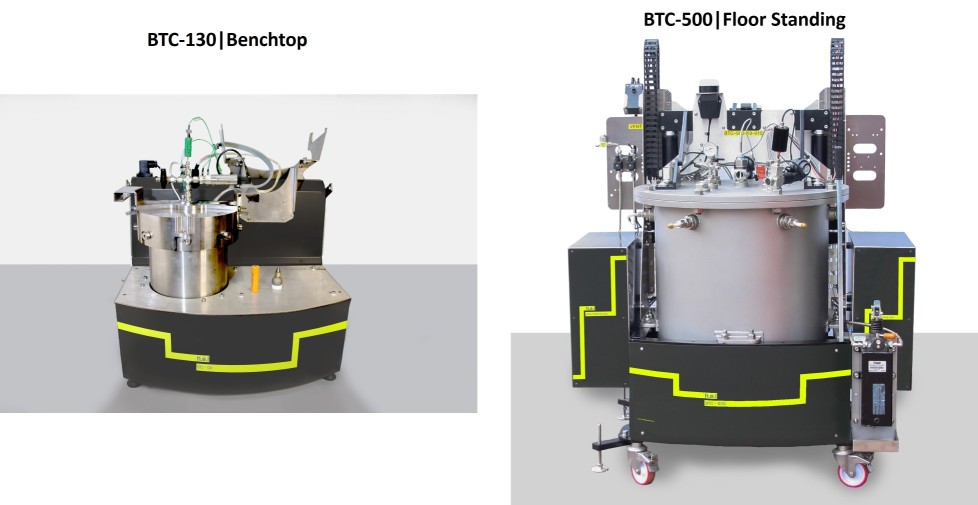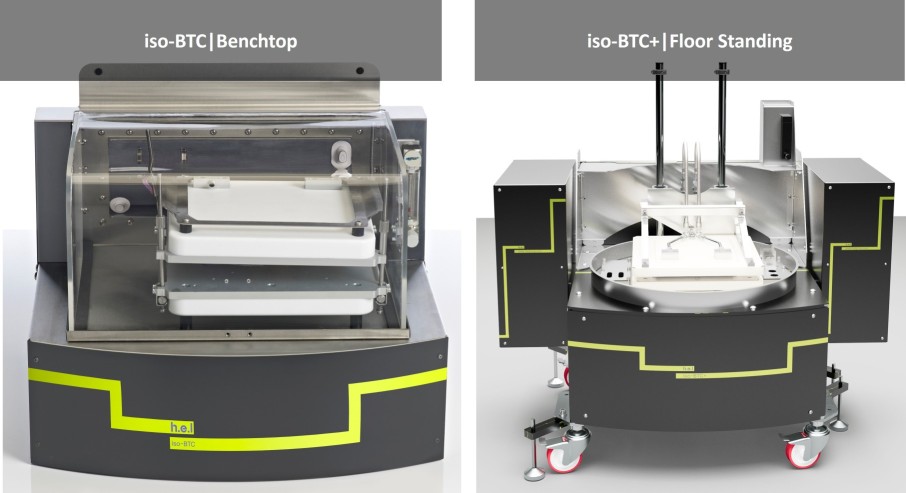H.E.L Group Battery Testing Calorimeters
Asia Mattelab is the distributor for H.E.L Group Battery Testing Calorimeter in Singapore and South East Asia (Malaysia, Thailand, Vietnam, Indonesia, Philippines).
H.E.L Group has a long history of solving complex challenges for customers. Since 1987, the Company has worked with businesses and laboratories globally, providing proprietary automated solutions for the pharma, biotechnology, chemical, battery, and petrochemical sectors.
Developing more powerful batteries with higher energy densities, quicker charging times, and longer lifetimes, requires detailed understanding of thermal safety and performance optimization.
High-energy batteries contain highly reactive and potentially hazardous chemicals. These batteries will operate under, and be subjected to, a range of conditions. Therefore, understanding battery thermal behavior is critical to controlling cell self-heating and mitigating thermal runaway risk. Self-heating can arise from normal usage or from being subjected to a stress condition.
The accurate detection of catastrophic failures and the factors that contribute to them is required when designing batteries and their safe operating limits. This can be caused by a variety of factors, including operating temperatures, improper installation, or charging, as well as physical damage to the battery.
Understanding battery performance behavior under isothermal conditions gives battery developers and device integrators powerful insights into the optimum operating conditions for the battery and cell.
With a long heritage of thermal safety and hazard evaluation, H.E.L Group can help you gain vital insights into battery behavior.
H.E.L Group has a long history of solving complex challenges for customers. Since 1987, the Company has worked with businesses and laboratories globally, providing proprietary automated solutions for the pharma, biotechnology, chemical, battery, and petrochemical sectors.
Developing more powerful batteries with higher energy densities, quicker charging times, and longer lifetimes, requires detailed understanding of thermal safety and performance optimization.
High-energy batteries contain highly reactive and potentially hazardous chemicals. These batteries will operate under, and be subjected to, a range of conditions. Therefore, understanding battery thermal behavior is critical to controlling cell self-heating and mitigating thermal runaway risk. Self-heating can arise from normal usage or from being subjected to a stress condition.
The accurate detection of catastrophic failures and the factors that contribute to them is required when designing batteries and their safe operating limits. This can be caused by a variety of factors, including operating temperatures, improper installation, or charging, as well as physical damage to the battery.
Understanding battery performance behavior under isothermal conditions gives battery developers and device integrators powerful insights into the optimum operating conditions for the battery and cell.
With a long heritage of thermal safety and hazard evaluation, H.E.L Group can help you gain vital insights into battery behavior.
Battery Safety Testing, Adiabatic Calorimeter (BTC-130/BTC-500)
The BTC-130 (Battery Testing Calorimeter) is a bench-scale adiabatic calorimeter designed to enable the testing of thermal, electrical, and mechanical stress tests on smaller-sized battery cells. Evaluation of these tests facilitates the assessment of the safety performance of battery cells, the battery’s safe operating limits, and research and development into the mechanisms of thermal runaway. The BTC-130 also supports the use of small-volume spherical test cells, enabling thermal stability screening of individual battery cell components under adiabatic conditions.
- Component hazard Screening
- Characterizing differences in cell performance
- Defining safe operating limits
- Exploring thermal runaways and thermal propagation
- Characterizing differences in cell performance
- Defining safe operating limits
- Exploring thermal runaways and thermal propagation

Battery performance testing, Isothermal Calorimeter


